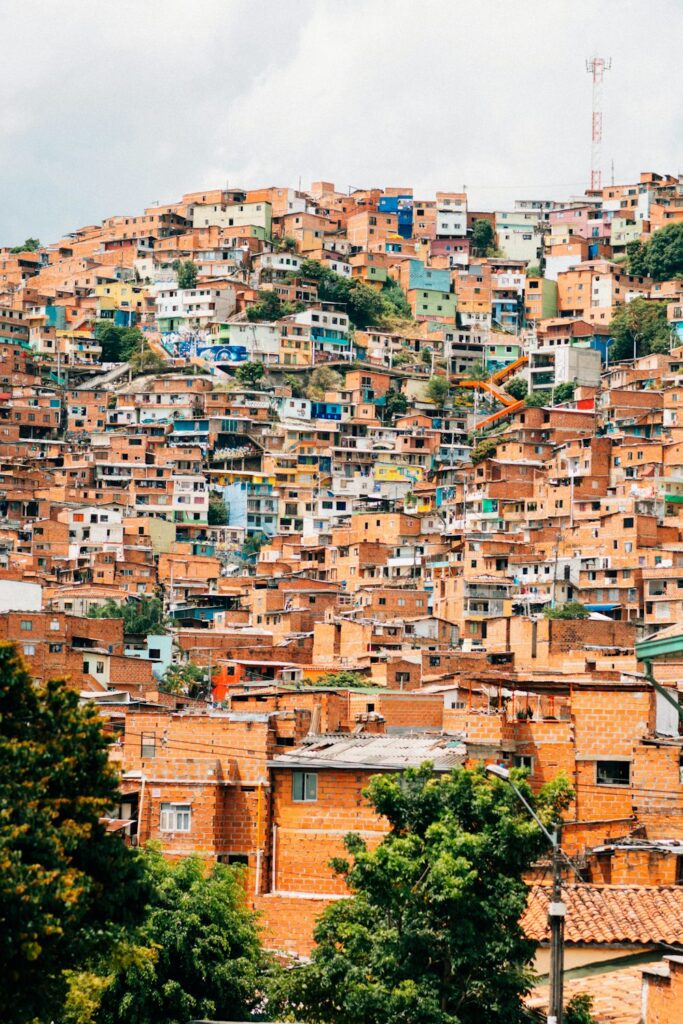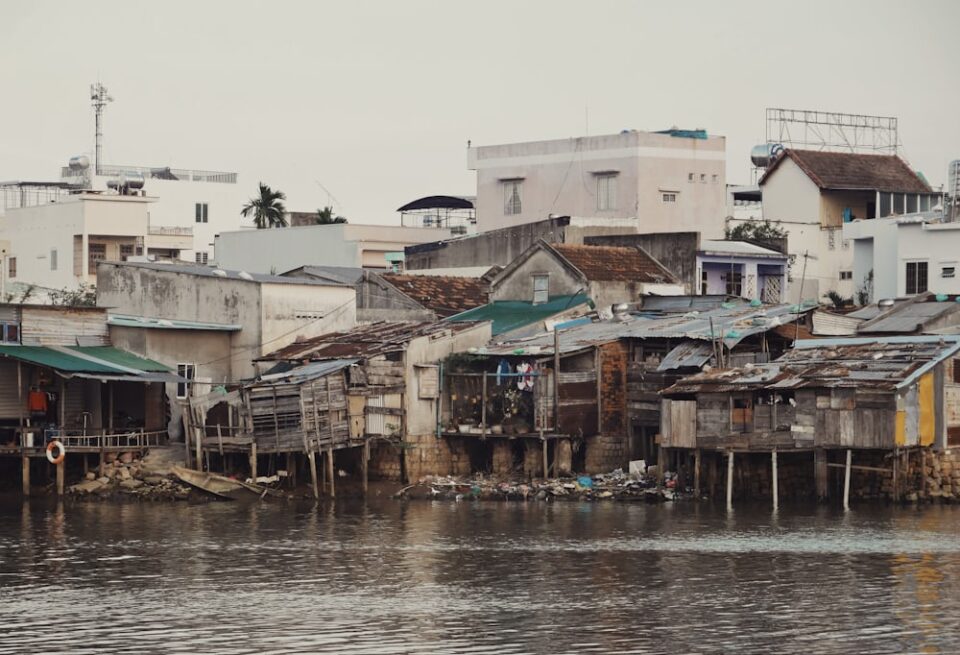In the bustling metropolis of Nairobi, certain neighborhoods stand out for their reputation of danger and insecurity. Kibera, Githurai, and Kayole, among others, epitomize the struggles faced by residents in densely populated, impoverished areas. Characterized by high crime rates, limited access to essential services, and inadequate law enforcement, these communities grapple with a myriad of challenges that threaten the safety and well-being of their inhabitants. Understanding the common factors contributing to their dangerous status sheds light on the urgent need for comprehensive interventions to address the root causes of insecurity and improve the quality of life for all residents.
The following are more details on why these named places are dangerous to live in:
1. Kibera:
Location: Kibera is one of Africa’s largest informal settlements, located in Nairobi. It covers approximately 2.5 square kilometers and houses over 200,000 people in cramped conditions.Crime and Violence: Kibera is notorious for its high crime rates, including robbery, theft, and gang activity. Due to its densely populated and impoverished nature, criminal elements often thrive in the area. Residents face daily struggles with insecurity and violence, making it one of the most dangerous places to live in Nairobi.
Sad Stories:
In 2017, a brutal murder shocked the residents of Kibera when a young woman was raped and killed in her own home. The perpetrator, a known criminal in the area, was later apprehended by the police, but the incident left a deep scar on the community.In 2019, a series of violent clashes erupted between rival gangs in Kibera, resulting in multiple casualties and widespread fear among the residents. Innocent bystanders often get caught in the crossfire of these gang conflicts, leading to tragic outcomes.
2. Githurai:
Location: Githurai is a bustling suburb located along the Thika Superhighway in Nairobi. It is characterized by its vibrant marketplaces, bustling streets, and dense population.
Crime and Violence: Despite its lively atmosphere, Githurai has a dark side marked by high levels of crime and violence. Robberies, muggings, and assaults are common occurrences, particularly in the poorly lit areas and crowded alleys of the suburb.
Sad Stories:
In 2018, a young couple was brutally attacked by armed thugs while walking home from a local market in Githurai. The assailants demanded money and valuables before fatally shooting the husband and leaving the wife critically injured. The incident sent shockwaves through the community, highlighting the pervasive threat of violence in the area.
In 2020, a spate of armed robberies plagued Githurai, leaving several residents injured and traumatized. The lack of effective law enforcement and inadequate security measures exacerbate the residents’ sense of vulnerability and fear.
3. Kayole:
Location: Kayole is an informal settlement located in the eastern part of Nairobi. It is known for its sprawling slums, narrow alleys, and lack of basic amenities.
Crime and Violence:
Kayole has gained notoriety as one of Nairobi’s most dangerous neighborhoods, plagued by gang violence, drug trafficking, and organized crime. Residents live in constant fear of robberies, carjackings, and other forms of violence perpetrated by criminal syndicates operating in the area.
Sad Stories:
In 2016, a series of targeted killings shook the community of Kayole as rival gangs engaged in a deadly turf war for control of the illicit drug trade. Innocent civilians, including women and children, became unintended casualties of the escalating violence, leaving families shattered and traumatized.
In 2021, a tragic incident unfolded in Kayole when a young girl was abducted and sexually assaulted by a group of armed men. Despite the community’s outcry and demands for justice, the perpetrators remained at large, reflecting the pervasive impunity that fuels the cycle of violence in the area.
The following are some of the features in common that makes the above place in Nairobi most dangerous to live in:
1. High Population Density:All four places—Kibera, Githurai, Kayole, and Nairobi in general—suffer from incredibly high population density. This overcrowding exacerbates various social issues, including crime, as it creates an environment where it’s easier for criminals to operate unnoticed and escape capture. Additionally, the lack of adequate infrastructure and resources strain the already burdened law enforcement agencies, making it challenging to maintain order and ensure the safety of residents.
2. Poverty and Unemployment:Poverty and unemployment are pervasive in these areas, contributing significantly to the prevalence of crime and violence. Limited economic opportunities drive many individuals, especially youth, towards illicit activities such as theft, drug trafficking, and gang involvement as a means of survival. The lack of access to education and job opportunities perpetuates the cycle of poverty and crime, creating a breeding ground for criminal behavior and social unrest.
3. Inadequate Law Enforcement:The presence of inadequate law enforcement further compounds the security challenges faced by residents of these areas. Understaffed and under-resourced police forces struggle to effectively patrol and respond to incidents, leaving communities vulnerable to criminal activities. Corruption within law enforcement agencies also undermines efforts to combat crime and hold perpetrators accountable, eroding public trust and confidence in the justice system.
4. Limited Access to Basic Services:Residents of Kibera, Githurai, Kayole, and other marginalized areas often lack access to basic services such as healthcare, sanitation, and education. This lack of essential services contributes to the overall sense of insecurity and vulnerability experienced by residents, as they must contend with issues like poor health outcomes, inadequate sanitation facilities, and limited educational opportunities. The absence of social support systems exacerbates the challenges faced by individuals and families, leaving them more susceptible to exploitation and victimization.
In conclusion,Living in Kibera, Githurai, Kayole, or any of Nairobi’s dangerous neighborhoods comes with inherent risks and challenges. The stories of crime, violence, and tragedy underscore the urgent need for comprehensive interventions to address the root causes of insecurity and improve the safety and well-being of residents. Effective law enforcement, community engagement, and socio-economic development initiatives are essential to creating safer and more resilient communities in Nairobi’s most dangerous areas.



